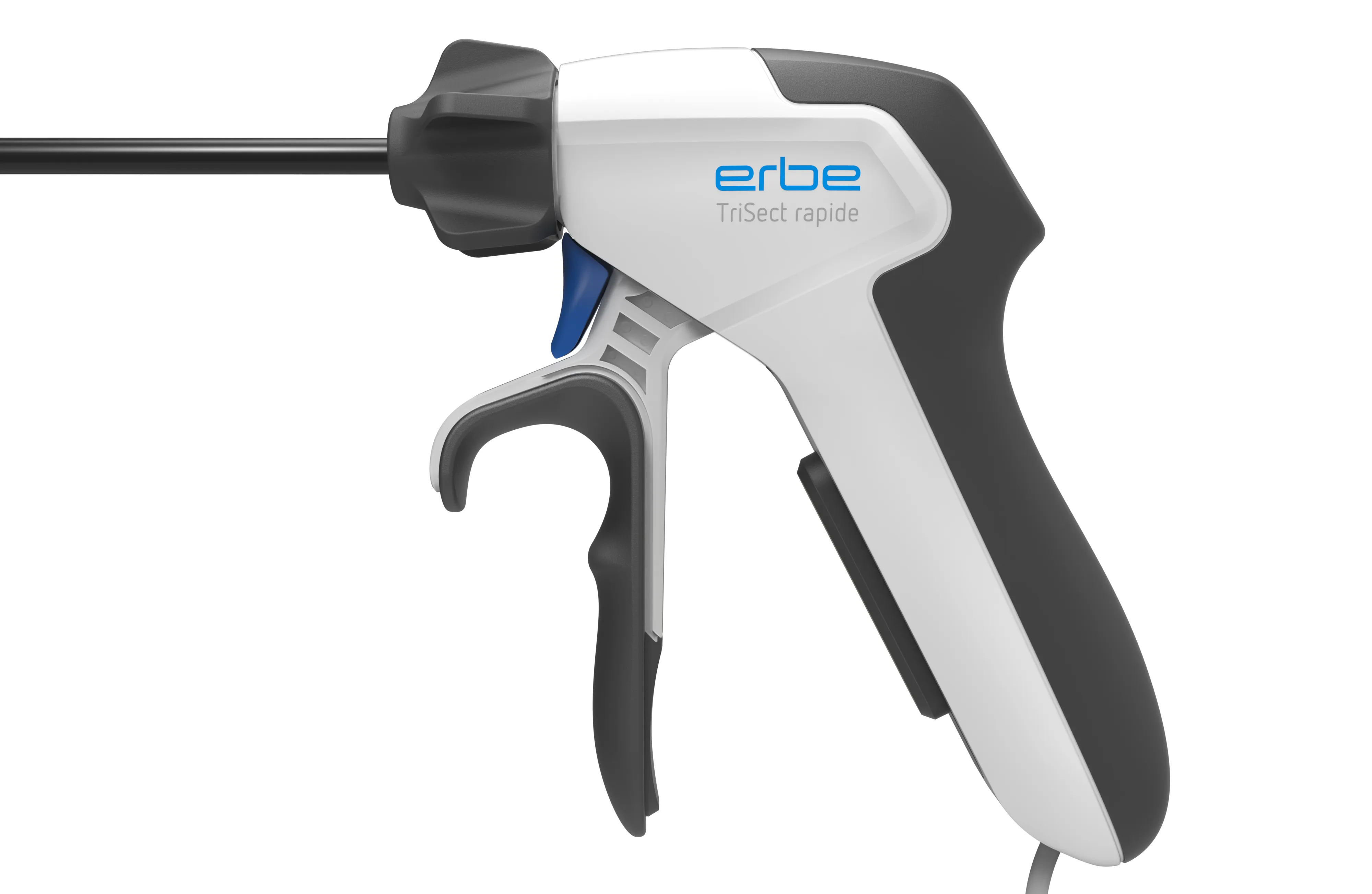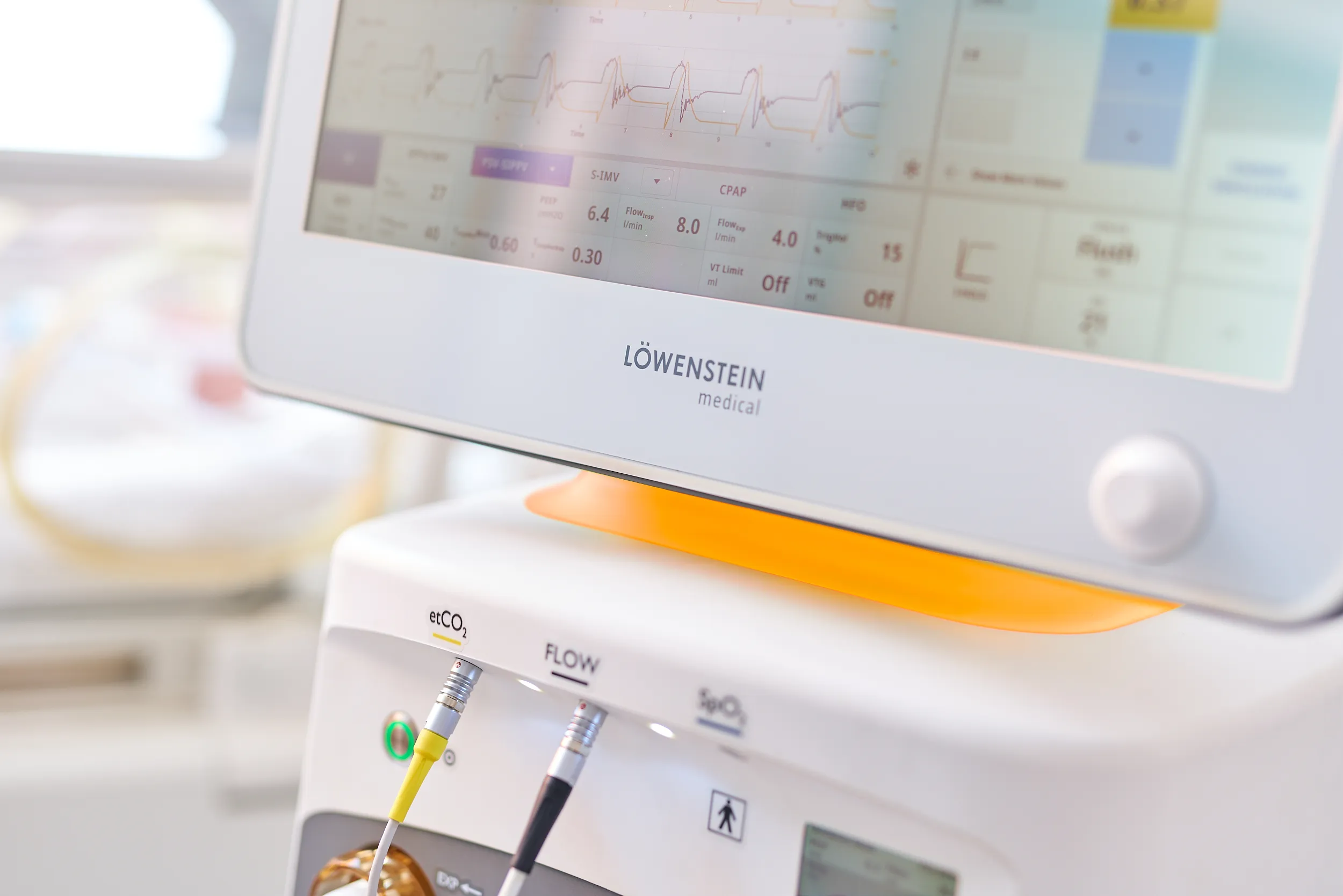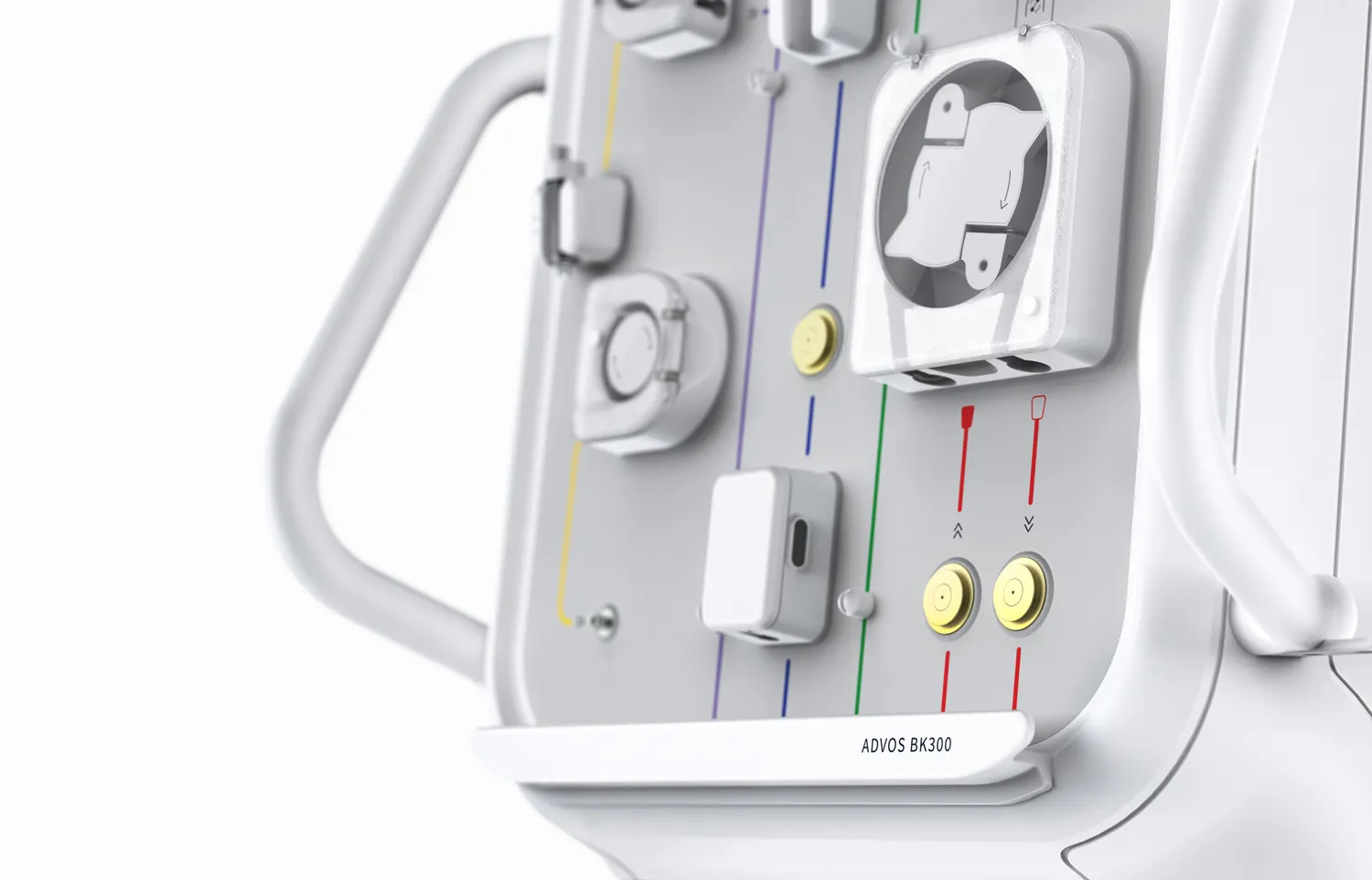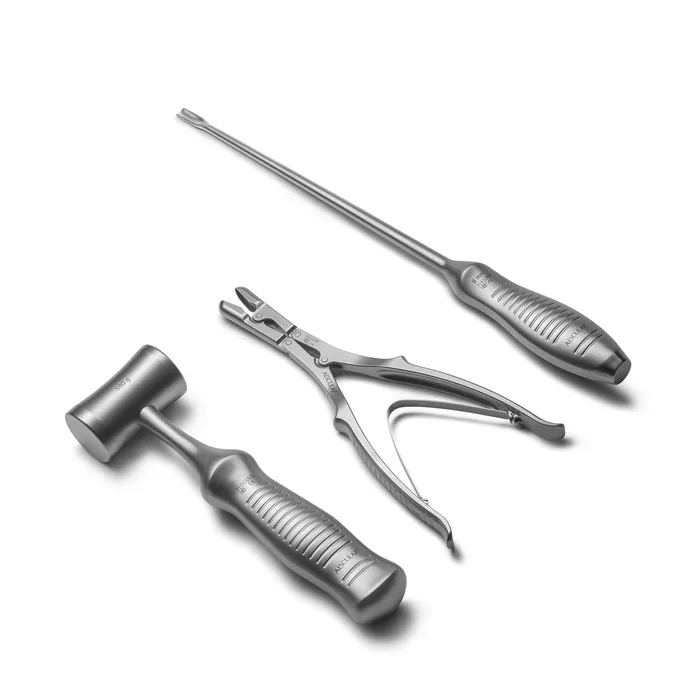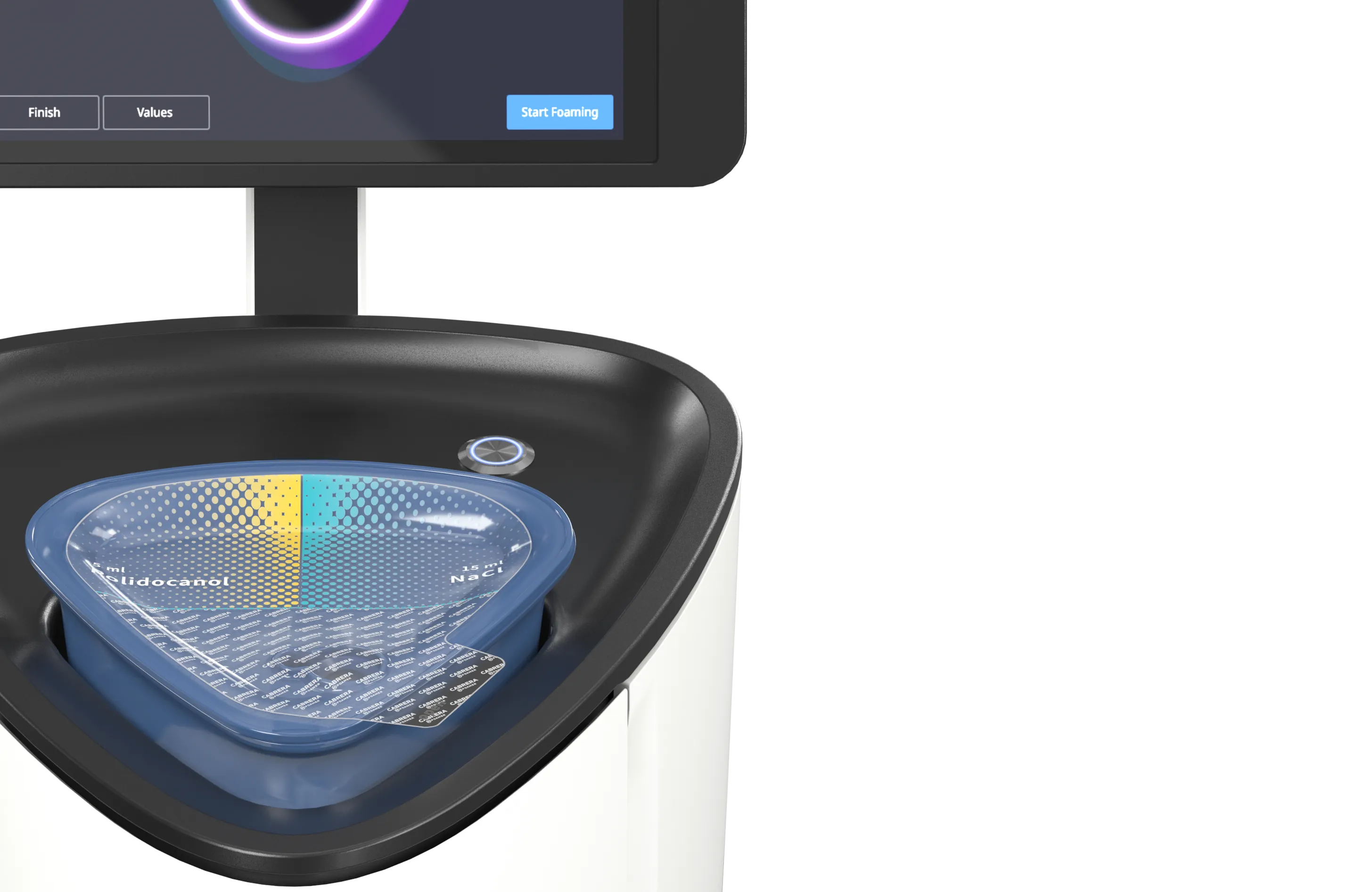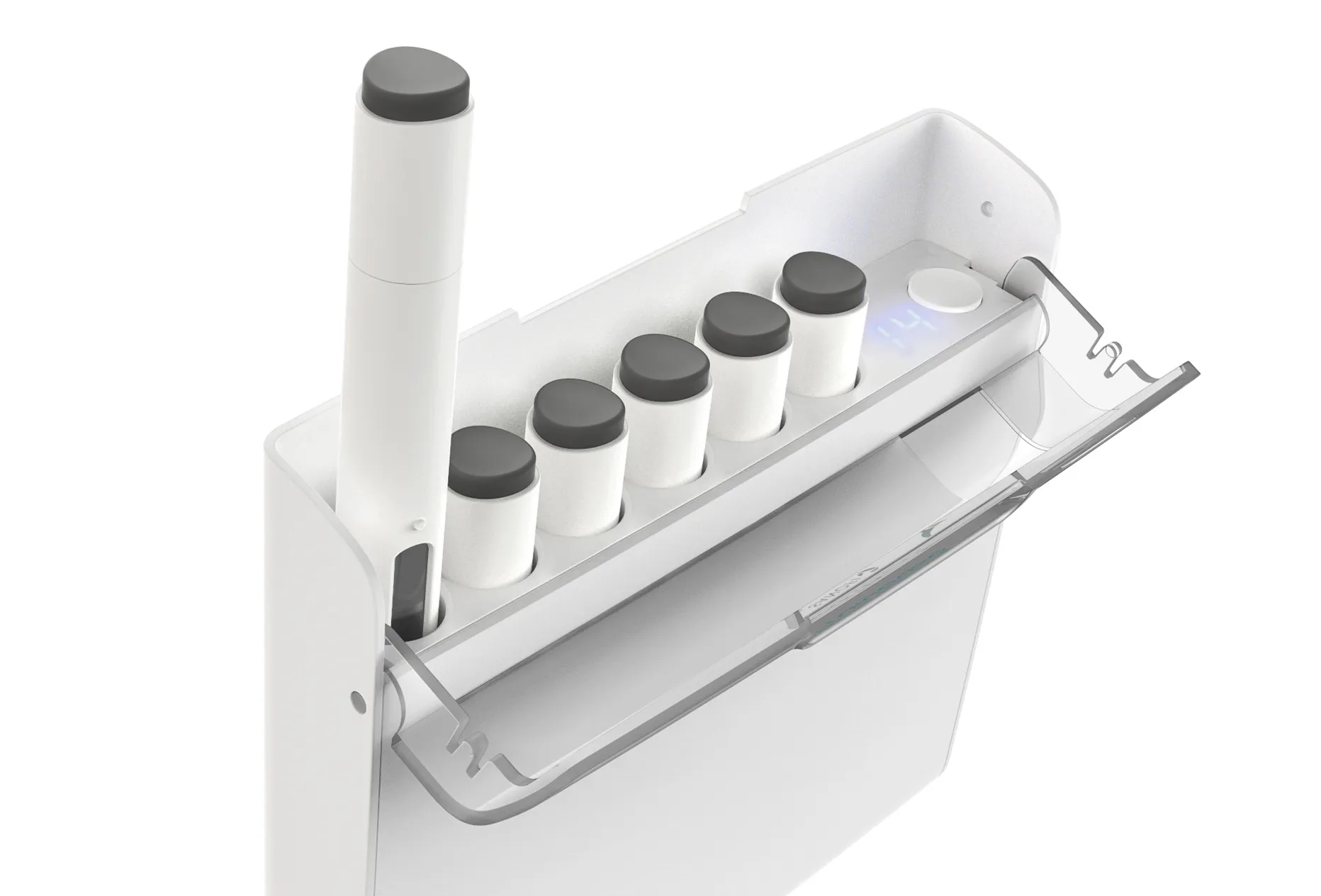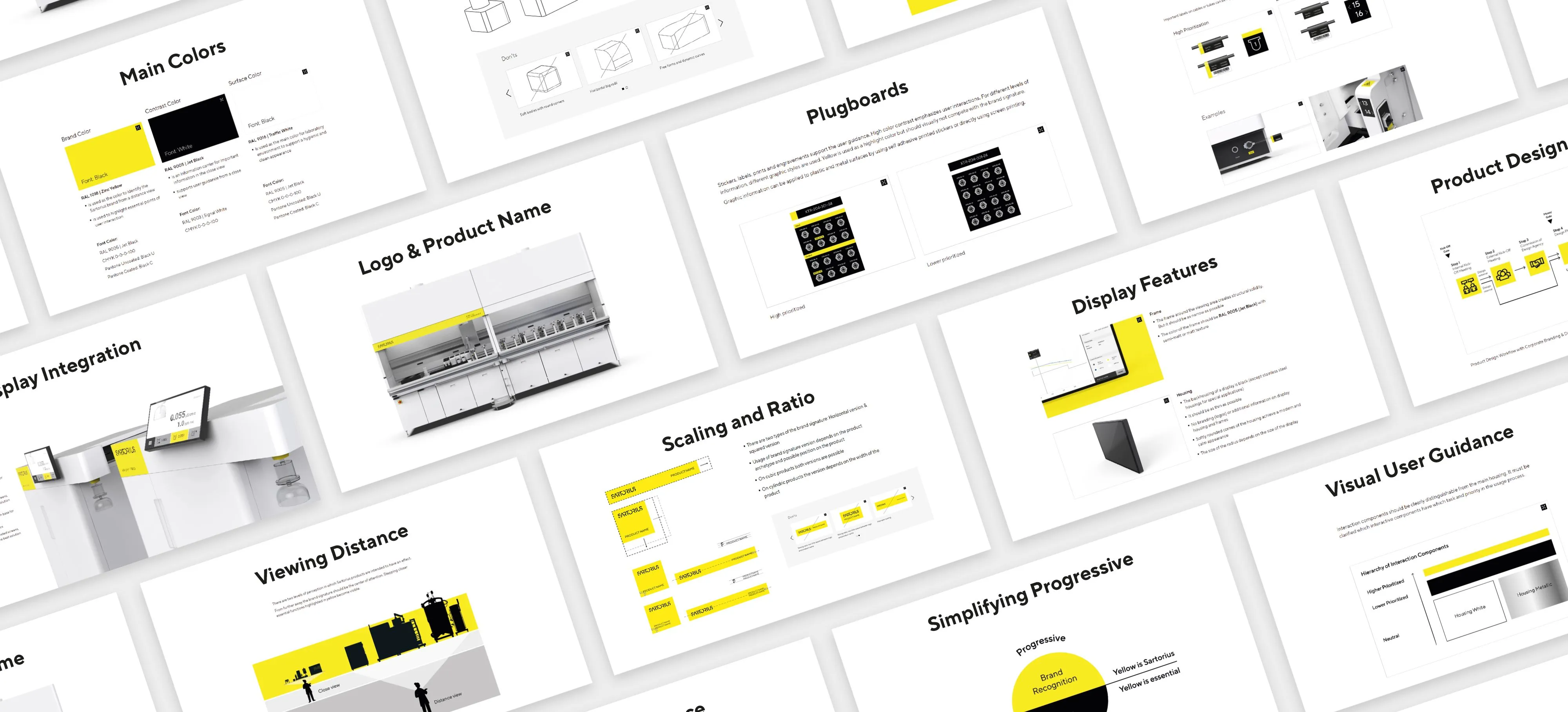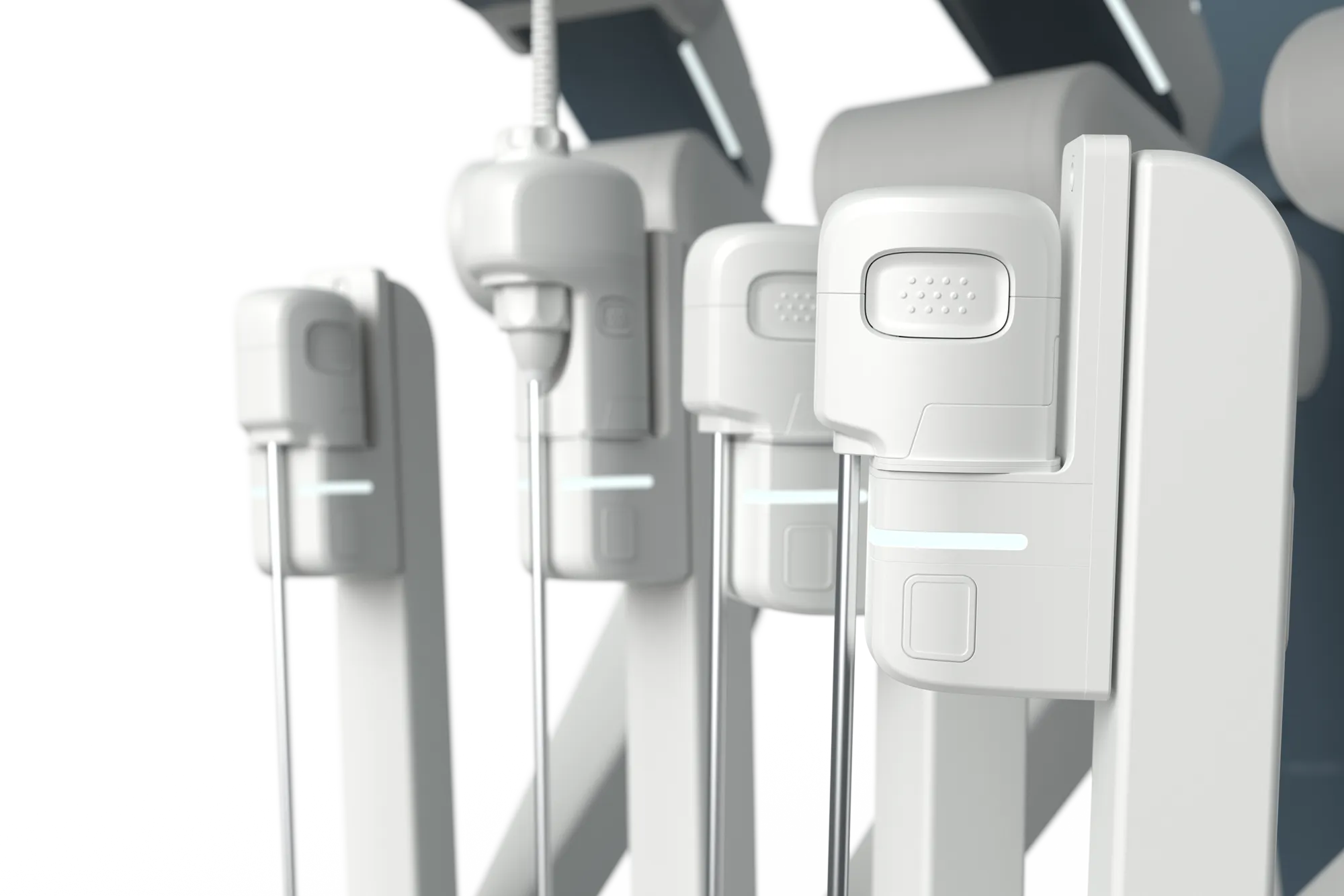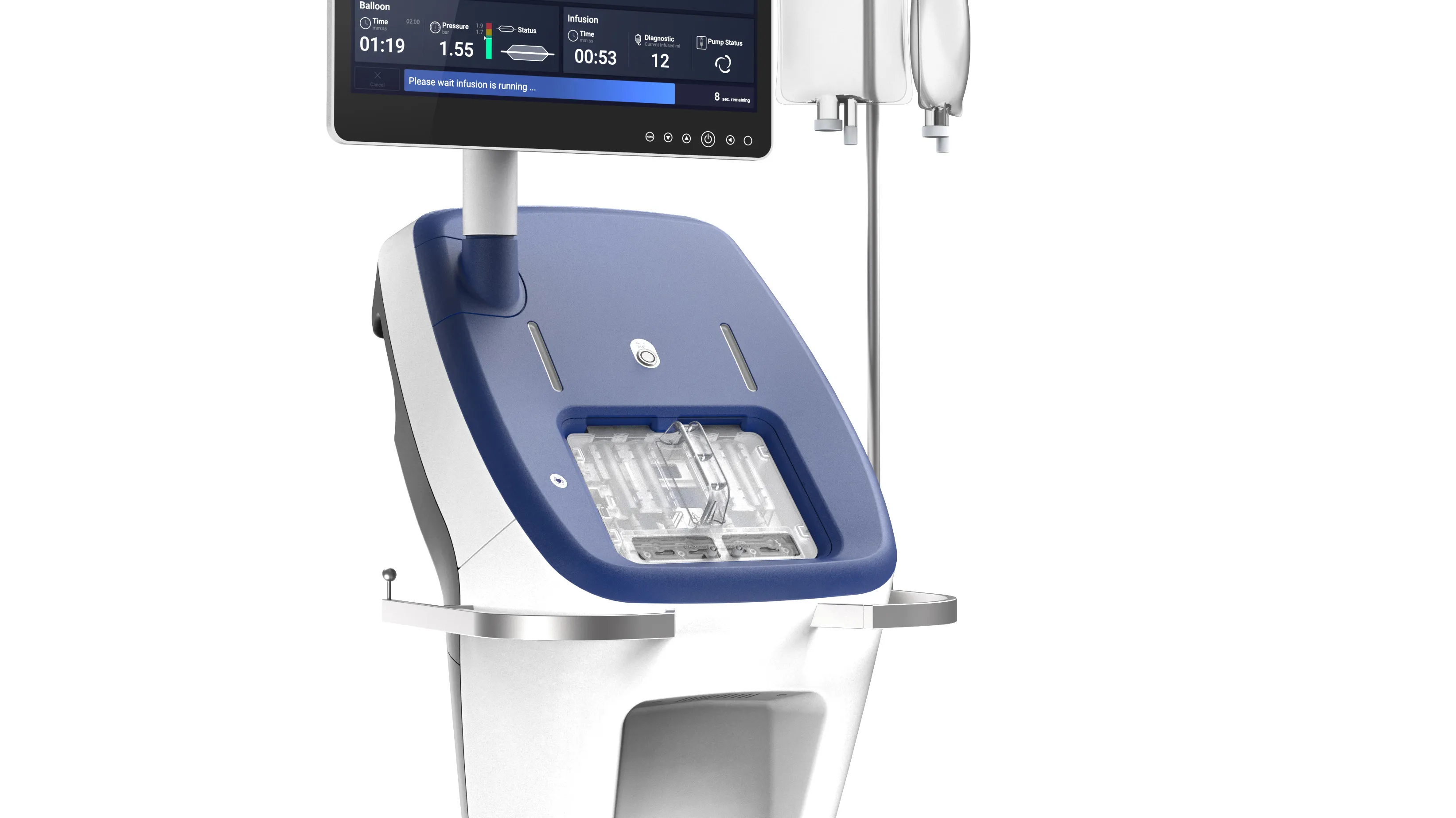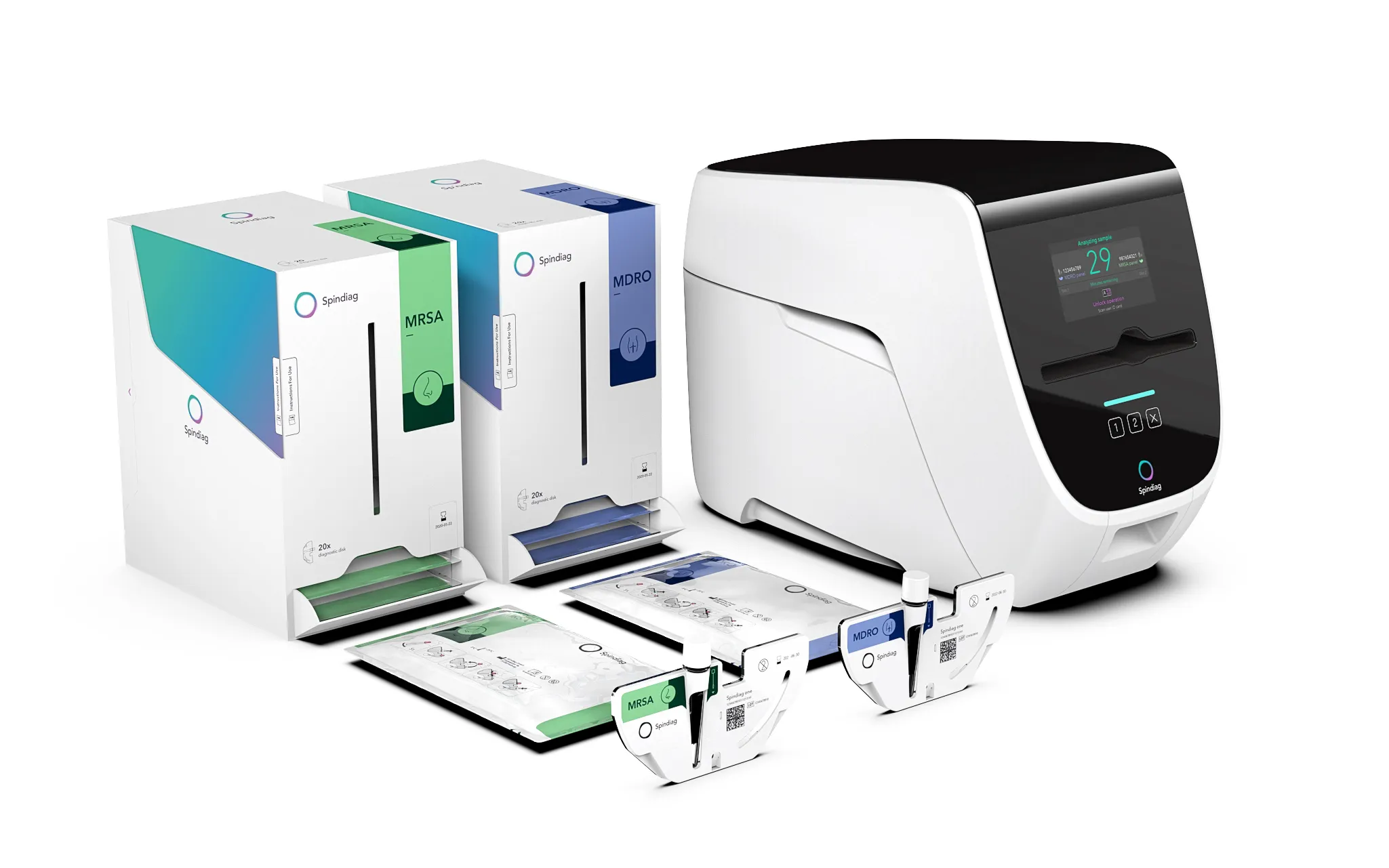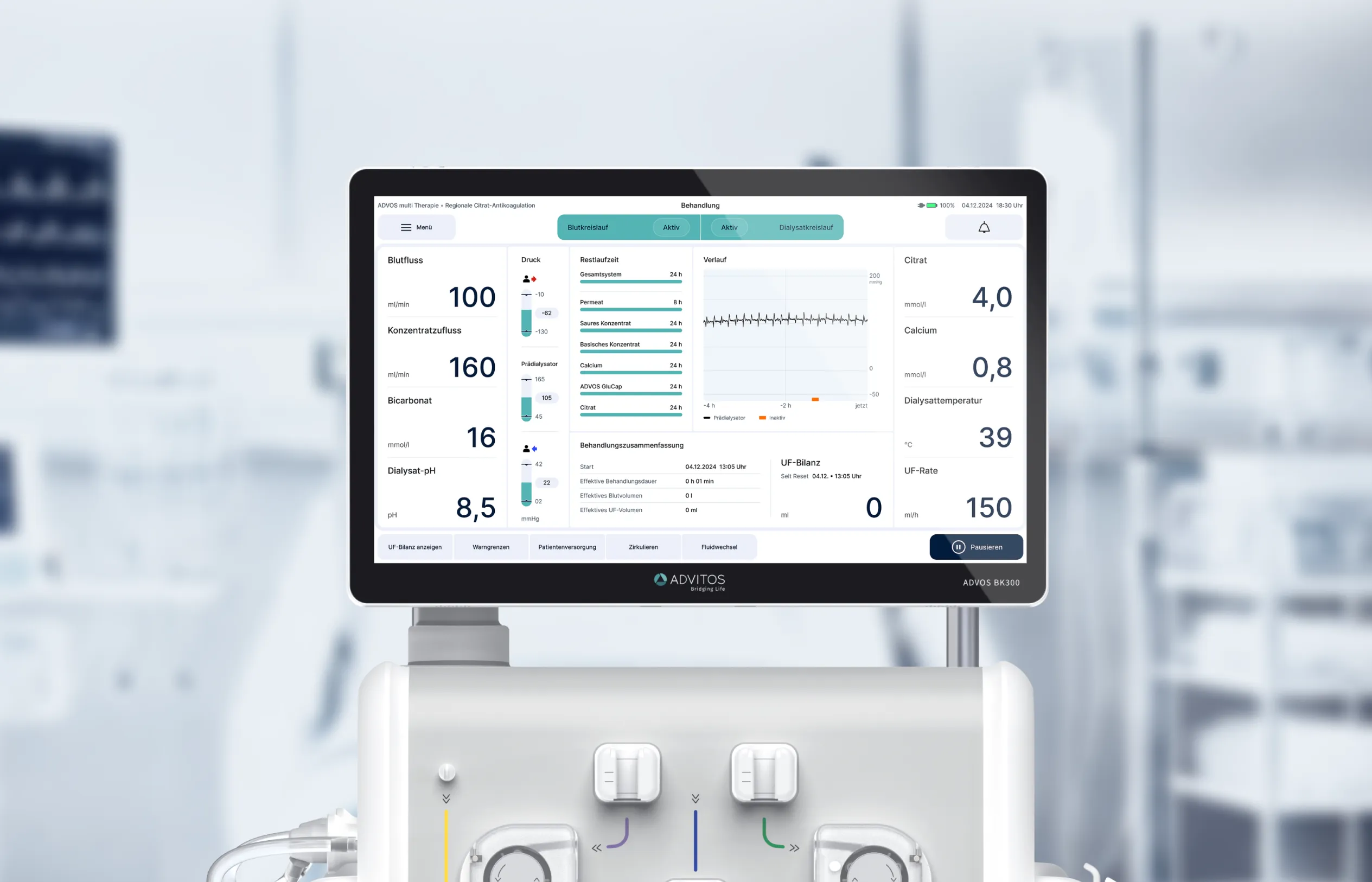Clinomic
"Hello this is Mona!" The AI-controlled intensive care assistant
.webp)
Nurses spend 50 percent of their working time not at the patient's bedside, but in front of a computer. TheAachen-based startup Clinomic is tackling the problem with an approach that has never been seen before: at the interface between basic medical research, clinical application, data science and computational intelligence, they brought the Gelsenkirchen-based WILDDESIGN team on board for a market-ready design.
Task
- Objective: Development of "MONA", an AI-controlled assistant for intensive care units.
- Focus: Efficient communication and documentation directly at the patient's bedside.
- Responsibilities at WILDDESIGN:
- Design concept and detailed design.
- Prototype design and marketing support.
Procedure
- A progressive design that meets the specific requirements of intensive care medicine.
- Development of a semi-transparent front that visualizes systematic processes.
- Integration of LED elements for emotional feedback and unique recognizability.
- Fast iterations in tight feedback loops in record time until series production is ready.
Result
- MONA, a friendly-looking, artificially intelligent assistance system.
- Large, centrally positioned touch screen, surrounded by sensors for extensive interaction options.
- Adjustable monitor arm for flexible positioning in the room.
- Positive response from the medical sector and high acceptance in hospitals.
- Numerous awards: Winner of the Red Dot Design Award and German Innovation Award Gold.
Intensive care: state of the art - documentation: last century?
"MONA, that's Alexa with a PhD," is how Clinomic CEO Lukas Martin sums it up. The modern assistant is Clinomic's first technology-driven product and cannot be compared to standard patient monitors on the market. With artificial intelligence, the system supports all problems in documentation and communication in the intensive care unit - and does so directly at the patient's bedside.
From Practice to Digital Startup
Clinomic is the result of a cooperation between RWTH Aachen University and the RWTH University Hospital and combines medical technology with modern technology in an interdisciplinary way. With features that are more familiar to the consumer sector, MONA reduces the documentation effort, and facilitates decisions and everyday life in the ICU. Staff can find all important information and clinical measurements collected on one screen in the direct context of the individual patient. The smart assistant can immediately carry out what counts at the moment, responds to voice input, and answers, showing the required information on the screen with the help of intelligent algorithms.
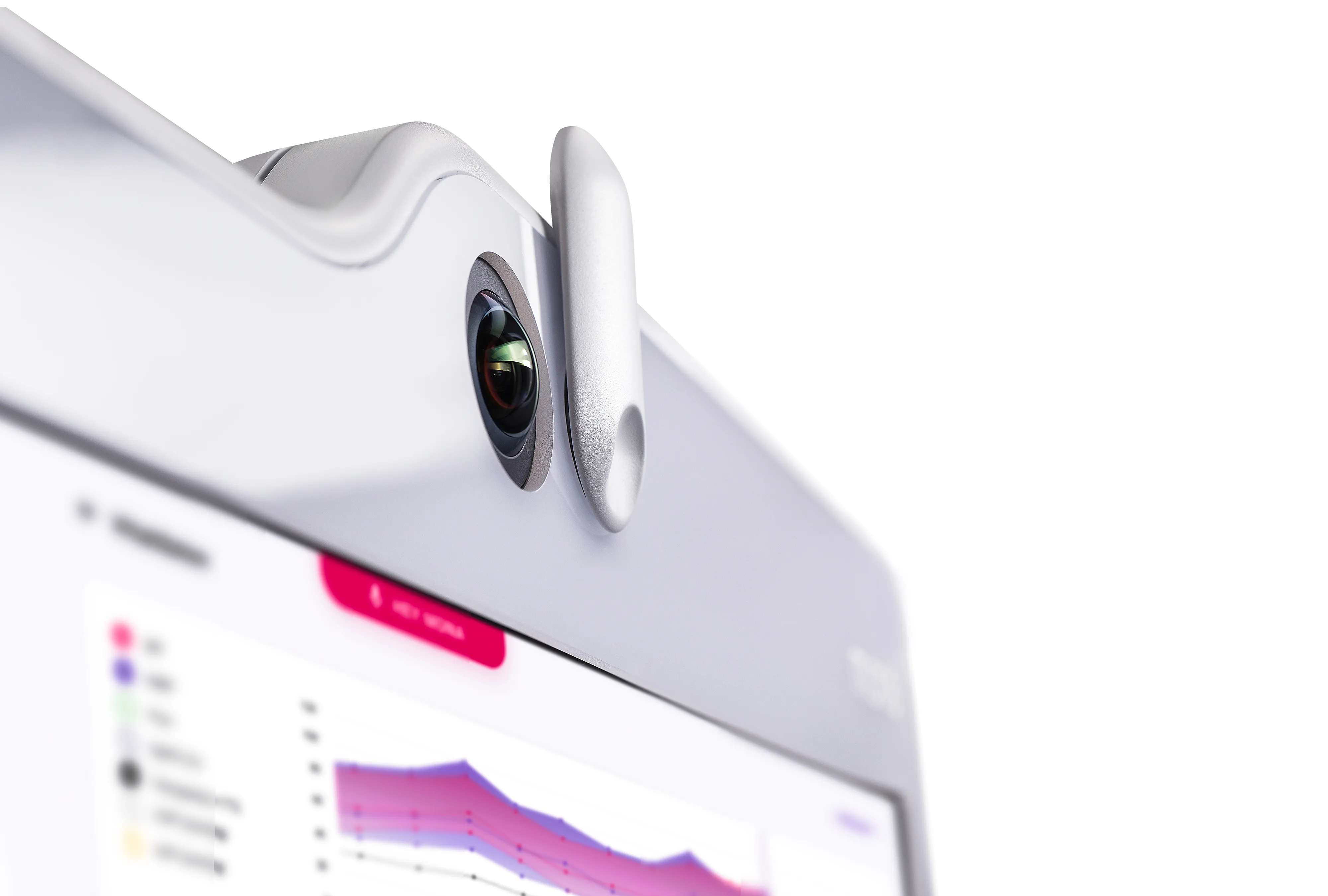
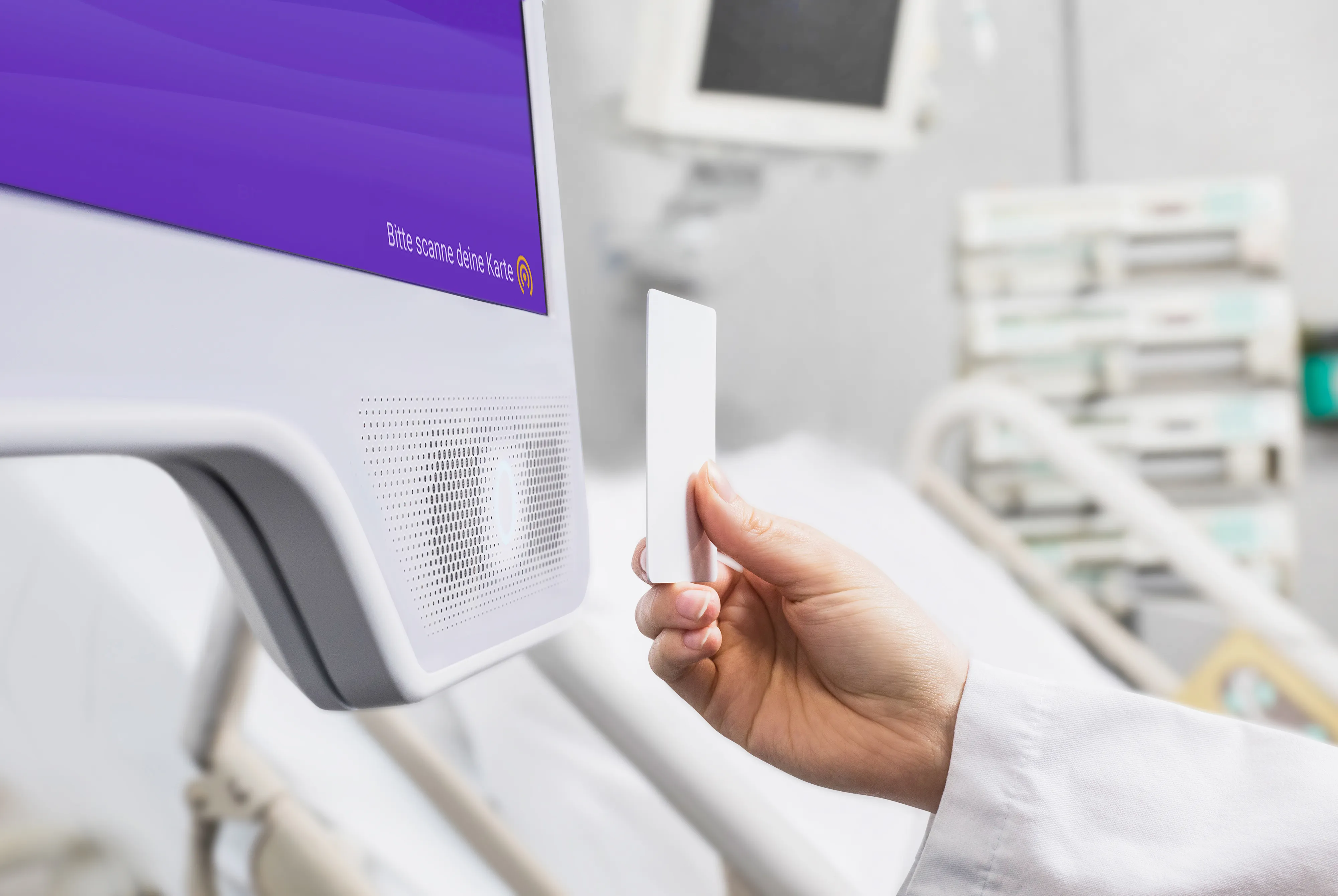
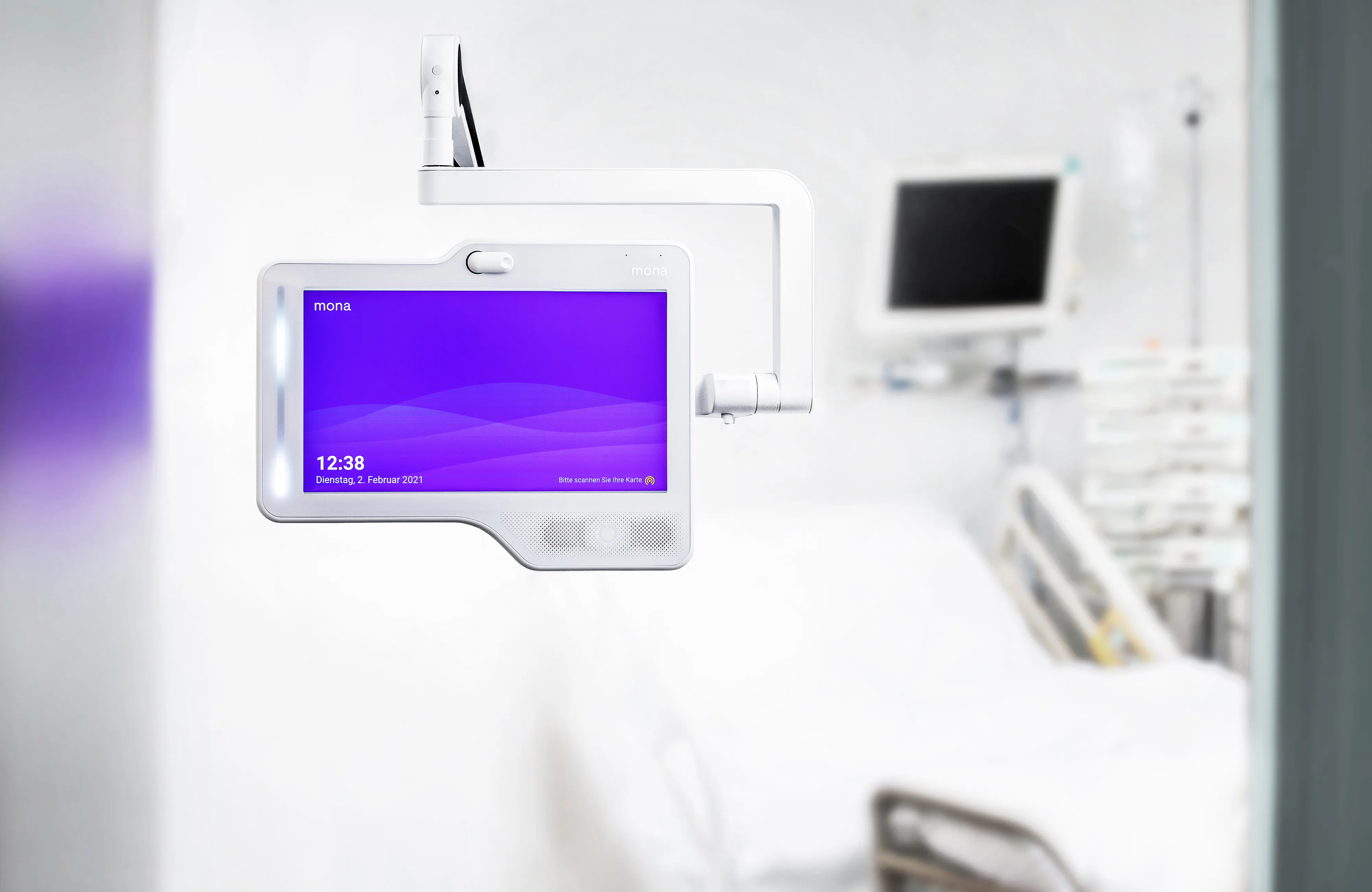
From human to machine:
MONA a humanoid assistant?
The customer's starting point and design wish was a humanoid and friendly appearance, which was to give the system its very own design language and personality. In addition, the system was to be mounted on the wall with the help of an adjustable monitor arm and "float" freely positionable in the room.
But does an AI-controlled system have to directly resemble a robot-like assistant or look like a classic monitor? It quickly became clear to our team that the solution is neither a cute robot with human features nor another boring grey box - but that "artificial intelligence" can also be communicated much more subtly.
At the very beginning,therefore, an idea was developed that instead visualizes the systematic processes in the system externally and makes them tangible for the user. With the help of a semi-transparent housing front and invisibly integrated LED elements, MONA's "soul" comes to life with pulsating lighting effects when users make requests, signaling the device status in the process. Color, light and movement thus provide emotional feedback, uniqueness and recognizability of the product.
.webp)
Technology that communicates with all senses
The linchpin of the operating concept is a centered, 24-inch touch screen, which is surrounded by integrated sensors of the system. These sensors help MONA to see, hear and speak.
Seeing: With the help of a 180-degree camera, telemedicine becomes part of everyday life in the ICU and supports staff in internal communication and diagnostics. A magnetically mounted shutter allows the camera to be locked and the privacy of patients and staff to be maintained.
Hearing: The system understands the user's voice and speech anywhere in the room - without the need to learn special voice commands. A large number of microphones positioned all around the system ensure optimum recognition of the spoken word. Here, cooperation partner divvoice has worked wonders.
Speak: Information and answers are delivered via integrated frontal speakers positioned at head height. Users receive direct feedback on their queries or are informed about critical patient values.
Other innovative features include a radar module that detects movement in the room, an RFID sensor for user authentication, and ambient lighting on the back of the case.
.webp)
Design development in sprint
Since the WILDDESIGN team is entering the project quite late in June 2020, the time until the market launch of MONA will be a real sprint. In half a year , the design and housing construction is created with numerous technical challenges, such as weight reduction and acoustic optimization. The success is also due to the close, trusting cooperation with the long-standing partners BYTEC Medical Technology and Canto who were responsible for the hardware development and the production of the prototype parts, respectively. Despite these challenges, a first prototype with sheet metal and housing parts was built using the rapid prototyping process after just three months, on which tests could be carried out and the design checked.
By the end of the year, construction and design had been completed so that the first series of 20 devices could be finally assembled and shipped to hospitals throughout Europe. And: the intensive work on MONA is already bearing fruit, because Mona is very well received by representatives of the medical sector, insurance companies and potential customers. The next series production is already larger by a factor of 10 and so the company is now scaling up quickly.
The Clinomic team was also hoping for a red dot design award for MONA. The result was 2! One for outstanding product design and another in the Smart Product category. We wish the founding team that the momentum of the design development will continue for a long time and that MONA will become a standard in our intensive care units.
What was the WILDDESIGN part?
- Design concept
- Detail design
- Prototype design
- Marketing Support
"We started with WILDDESIGN because we wanted to develop a medical product, an intelligent assistance system for intensive care medicine. At that point, we had a first functional prototype, but we lacked the final phase of turning it into a finished, handsome and functional product.
From the very first moment, we benefited from the fact that the design team led the process in a goal-oriented way. It was clearly defined when the design should be ready and in which direction it should go.
The design is crucial at MONA. MONA has two things that are important: One is fitting into the overall context of the intensive care unit. A system that does not fit harmoniously into the orchestra of different devices will not find acceptance in the end. The second point is, of course, usability. The best technology is useless if it is not designed in a practical way.
WILDDESIGN is usually very fast and above all: The designers are very experienced. That's a combination you rarely meet in this market. It was a successful project and we are absolutely satisfied with the result. I believe that the awards we have achieved in the meantime speak for themselves."

Dr. Arne Peine
Co-Founder and CEO
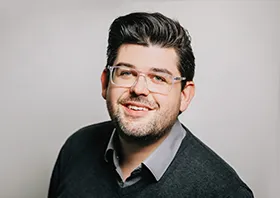
"For us, startups and the use of new technologies form the ideal basis for concepts that are forward-looking in terms of design and medicine."
Your contact person for the project
Dennis Kulage
Head of Office Gelsenkirchen
+49 (0)209 702 642 00
dennis.kulage@wilddesign.de



